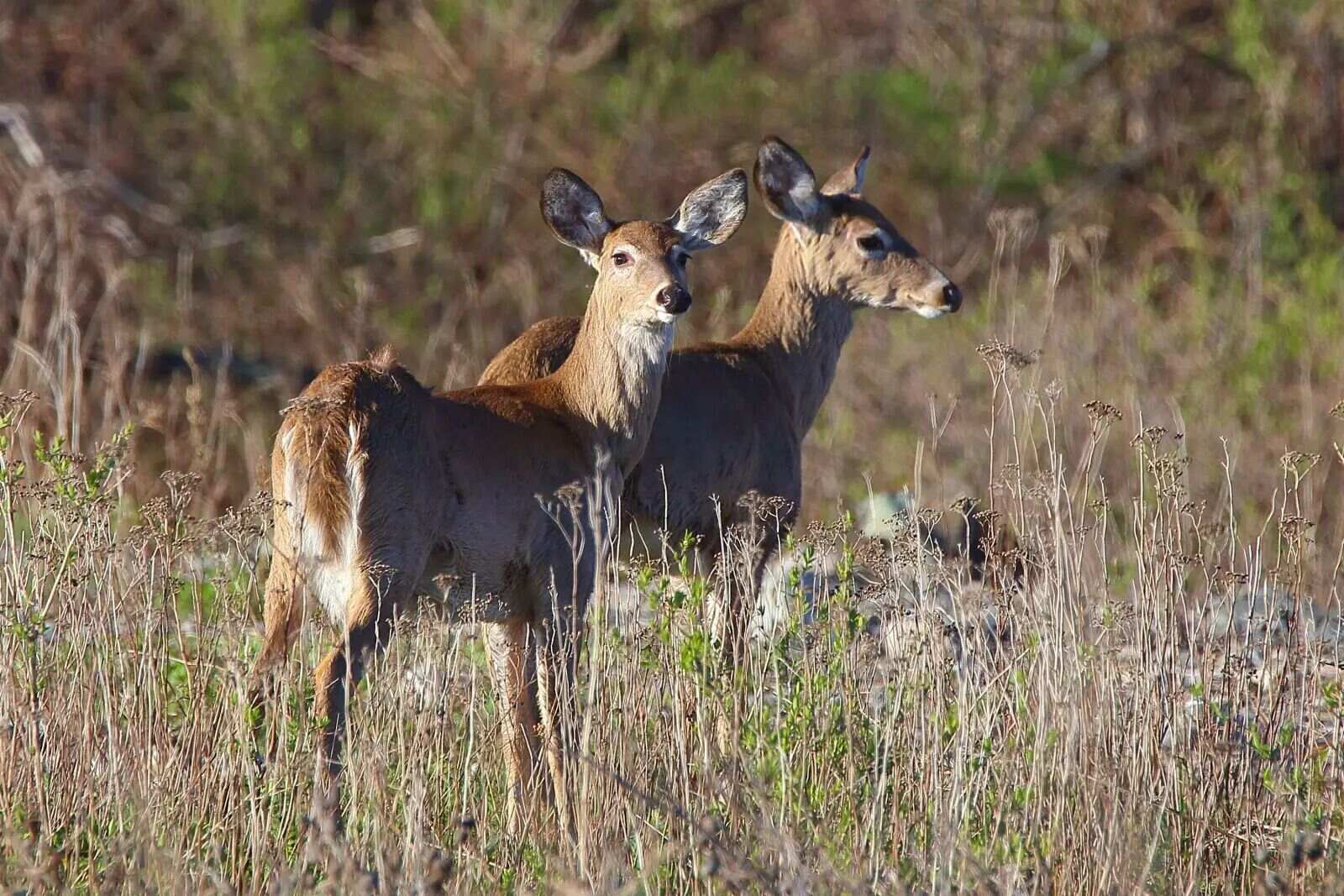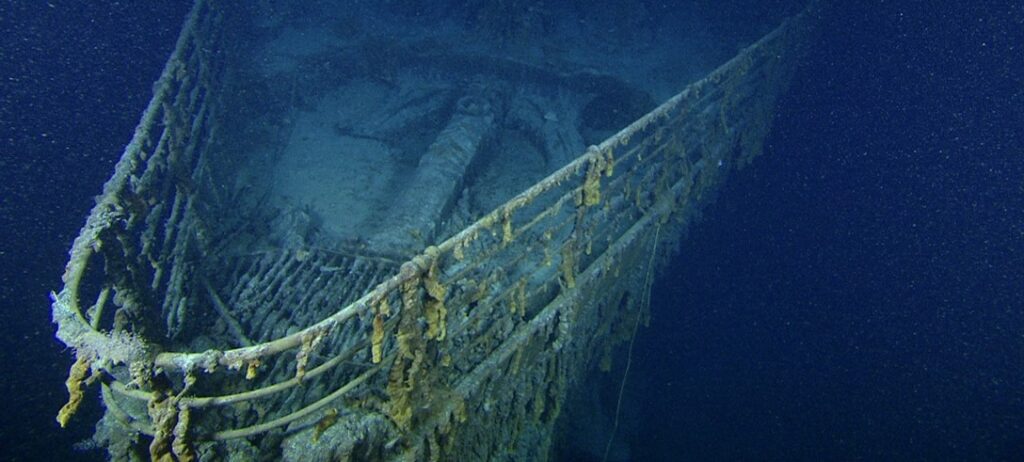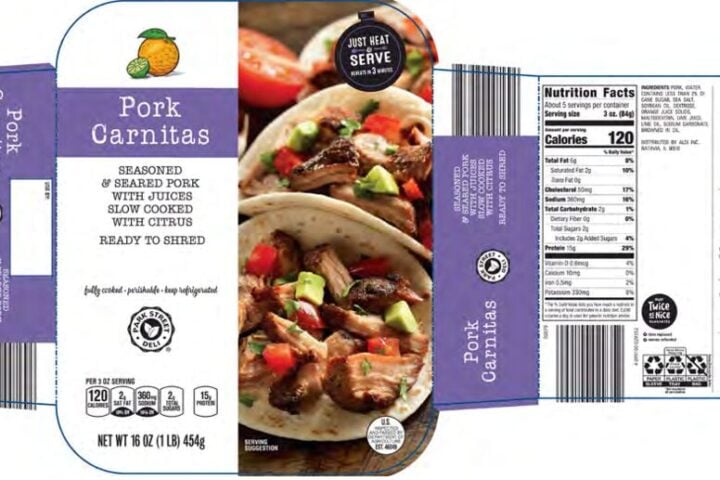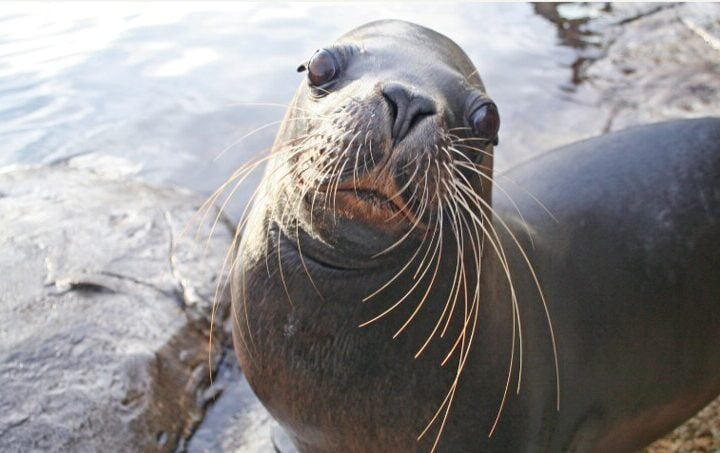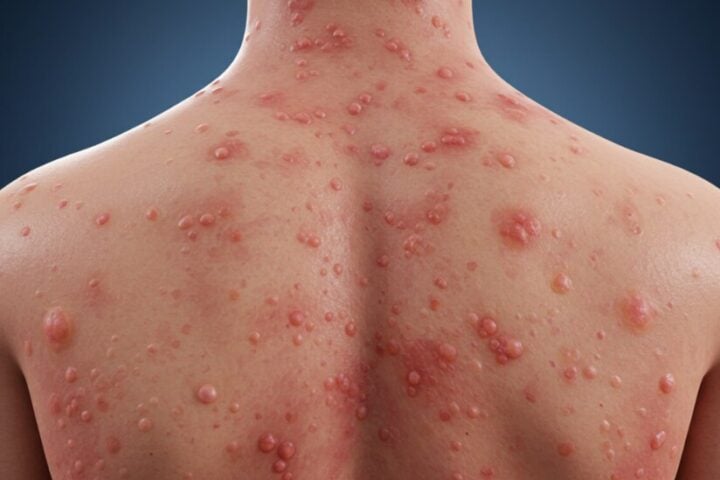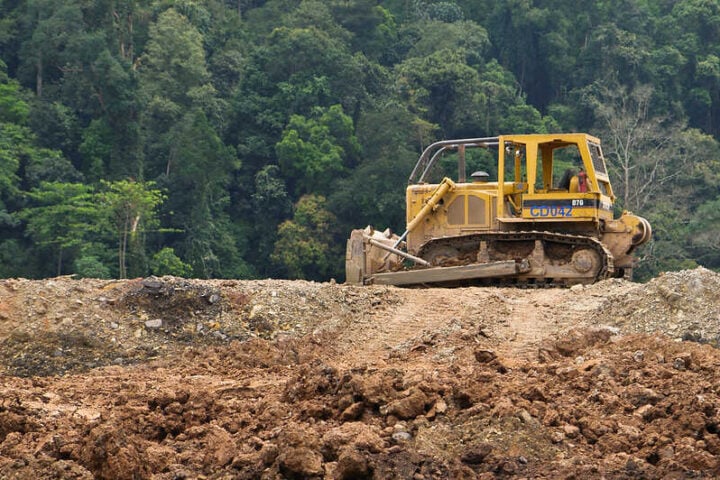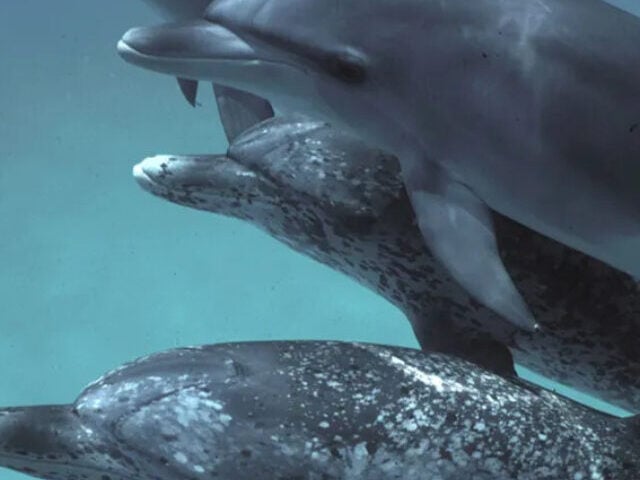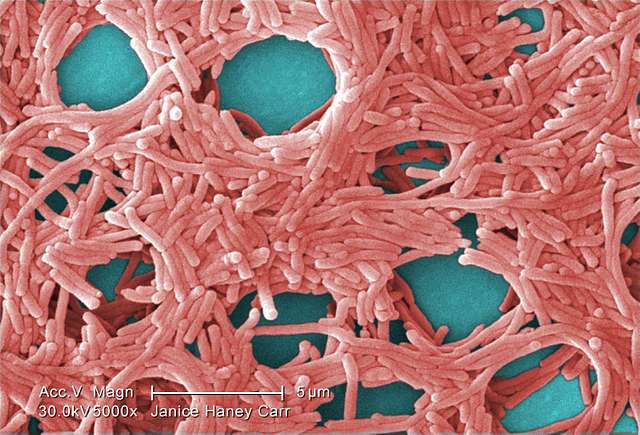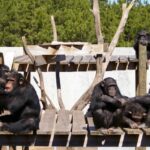After having culled 399 white-tailed deer in the Îles-de-Boucherville and Mont-Saint-Bruno national parks last year, the Société des établissements de plein air du Québec (SEPAQ) plans to kill almost 300 more over the next few months, in order to reduce the overpopulation in these two protected natural environments. According to what the Crown corporation (Canadian government organizations) argued in a press release on Friday, the operation carried out in 2023 may have been a “success”, but the overpopulation of cervids is still a reality in the two national parks in the Montreal region.
The inventories conducted by the Ministry of the Environment, the Fight Against Climate Change, Wildlife and Parks last winter counted 278 deer in the Mont-Saint-Bruno national park and its immediate vicinity, and 156 deer in the Îles-de-Boucherville national park and its immediate vicinity. These inventories do not take into account the births in the spring and the movements of the herds. The inventory data shows that the density is at least 17 deer per square kilometer (km²) in each of the two parks, while “the ideal density to promote the regeneration of vegetation and provide an environment conducive to the presence of different animal species is 5 to 10 deer/km²”.
In this context, SEPAQ has requested and obtained a permit from the government that will allow it to cull up to 287 deer in total “before the end of the winter of 2024-2025”. As was done during last year’s operation, the meat of the slaughtered animals will be distributed free of charge through the Fédération québécoise des chasseurs et des pêcheurs du Québec under the Chasseurs généreux program. The latter redistributes game meat to disadvantaged families or individuals through local organizations.
“In addition to countering the negative effects of excessive deer browsing on the natural environment, population control helps fight the increased risks of Lyme disease, road collisions, damage to neighboring properties and crops,” the Crown corporation explained on Friday. The reduction of food in the Îles-de-Boucherville park causes deer deaths each winter, while others have already left the park to go to residential neighborhoods in Boucherville.
The operations carried out in 2023 in the Îles-de-Boucherville and Mont-Saint-Bruno national parks did not raise any controversy, unlike what happened in Longueuil, in the case of the Michel-Chartrand park. The number of cervids there is estimated at 114, while the optimal number is 10 to 15. The City, which has finally recently obtained the necessary permit to cull deer, will carry out the operation “this fall”, after a judicial saga that lasted more than two years. At least a hundred deer will be culled.
Similar Posts
According to data from the Quebec Ministry of the Environment, more than 55,000 white-tailed deer were killed in Quebec in 2023 as part of recreational hunting, similar figures to those of 2022.
Sépaq is aiming for a density of 5 to 10 deer per square kilometer in the two targeted parks. The Crown corporation points out that the overpopulation of these mammals is causing many consequences, including excessive browsing. Simon Boivin, the media relations manager at Sépaq, explains that browsing by a large number of deer can be detrimental to the park’s fauna and flora. He notably mentions the blue warbler, a bird species. “We practically no longer see it in the Mont-Saint-Bruno national park, whereas it should be found there,” he said in an interview with the program Le 15-18 on ICI Première.
Simon Boivin recalls that last year, Sépaq had been authorized to cull 500 deer. Nearly 400 individuals were ultimately removed from the parks. “It was a first operation that we were carrying out in a rather complex environment,” he explains. According to him, it is likely that new culls will be necessary in the coming years, as the deer population is renewing itself rapidly. “They reproduce in an environment without predators,” notes Mr. Boivin. The wolf, one of the main predators of white-tailed deer, is not found in the Mont-Saint-Bruno and Îles-de-Boucherville national parks.
The over-abundance problem is also present throughout the region. Therefore, through migration, there may be deer coming to take the place of those that were harvested the previous year, adds Mr. Boivin.
Sépaq mentions that the method used to cull these animals is precision shooting. It is considered a respectful approach to animal welfare by major veterinary associations, according to the Crown corporation. Following the operation, meat were donated to food banks in the Montérégie region, which in turn distributed many portions.
